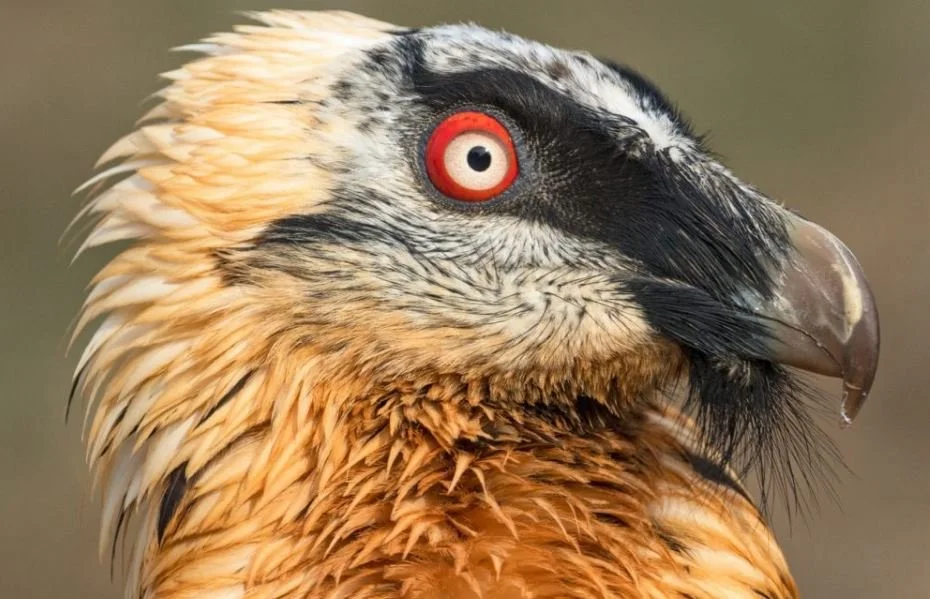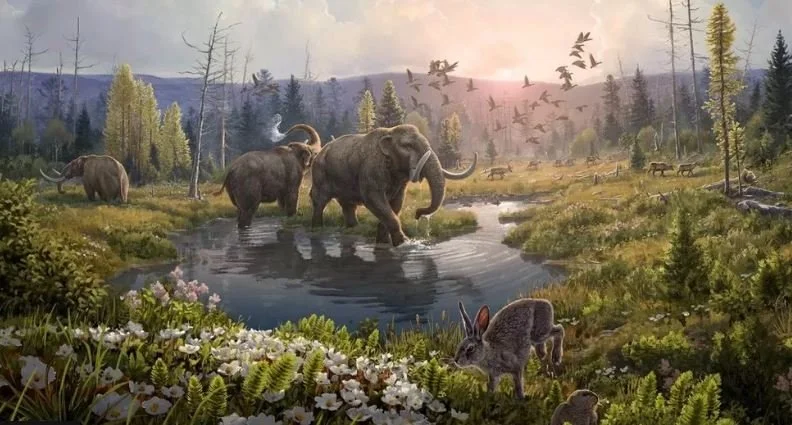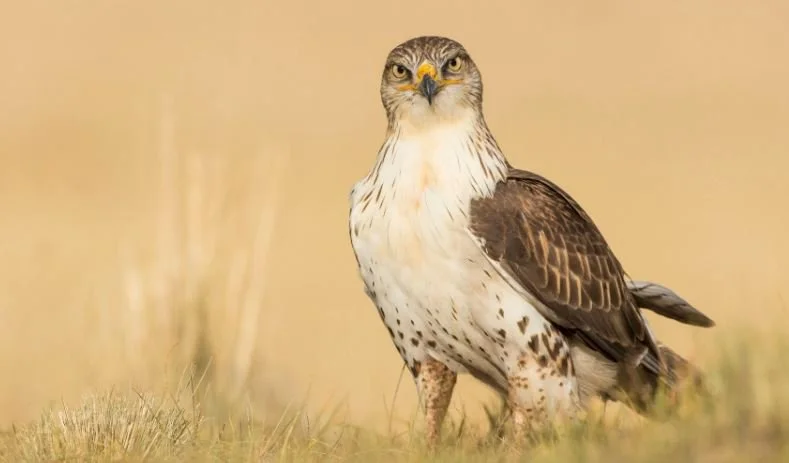Bearded Vultures Tilt Against Windmills in Spain
The decades-long endeavor to save the bearded vulture population in eastern Spain has hit a speedbump: the planned construction of a large wind farm. The Foundation for the Conservation of Bearded Vultures has put its project on pause while it assesses the impacts of the proposed farm.
The foundation has been painstakingly reintroducing the big birds in the Maestrazgo area of southeast Aragón, but plans to install an array of about 100 wind turbines – some more than 500 feet tall – has stalled their work, at least for now.
As the foundation tells it, the proposed wind farm was signed off in haste because of the energy-instability freakout following Putin’s attacks on Ukraine. The Alpine population of bearded vultures is less than 400 individuals, according to a 2021 survey; in Maestrazgo there are only 3-4 individuals, with another two or three dozen in Andalusia and Rioja.
The bearded vulture (Gypaetus barbatus), the rarest of Europe’s vultures, was nearly wiped out because of a misunderstanding. For a long time it was believed the big birds were snatching lambs – and perhaps the occasional child – but it was never true, as these vultures are strictly carrion-eaters.
“Bearded Vultures do not hunt live prey,” according to the foundation. “It is, in fact, the only vulture that has specialized in feeding primarily on bones of dead animals, more specifically about 85-90% of its diet. The bird is even capable of swallowing and digesting bones the size of a sheep’s vertebrae. If bones are too big to swallow, the bird gains great heights of up to 100 meters and drops bones onto rocky surfaces to shatter them into eatable pieces.”
The conservationists are calling for a more studied debate on how to balance wildlife protection with energy demands, but we’re talking about windmills here – not oil rigs. It’s hard to believe a handful of vultures will prevent wind-power development in Spain, which already produces about a fourth of its electricity from the big spinning turbines.
Hansruedi Weyrich / Vulture Conservation Foundation
Photo credit: Bart Geier / Vulture Conservation Foundation








